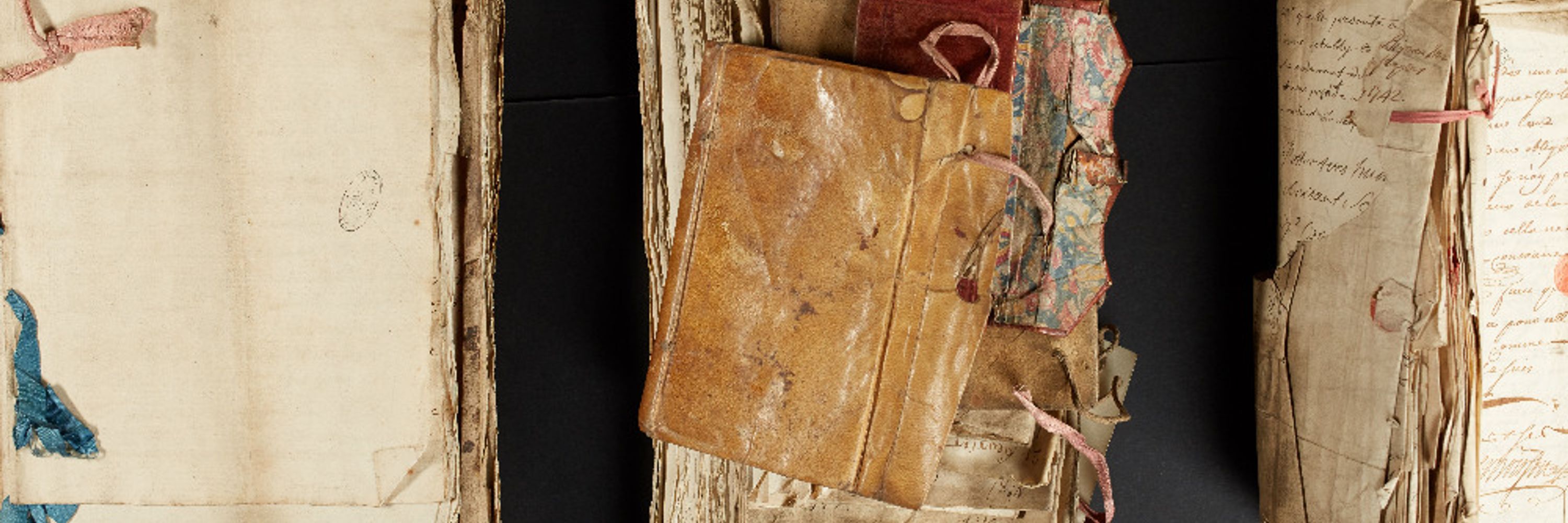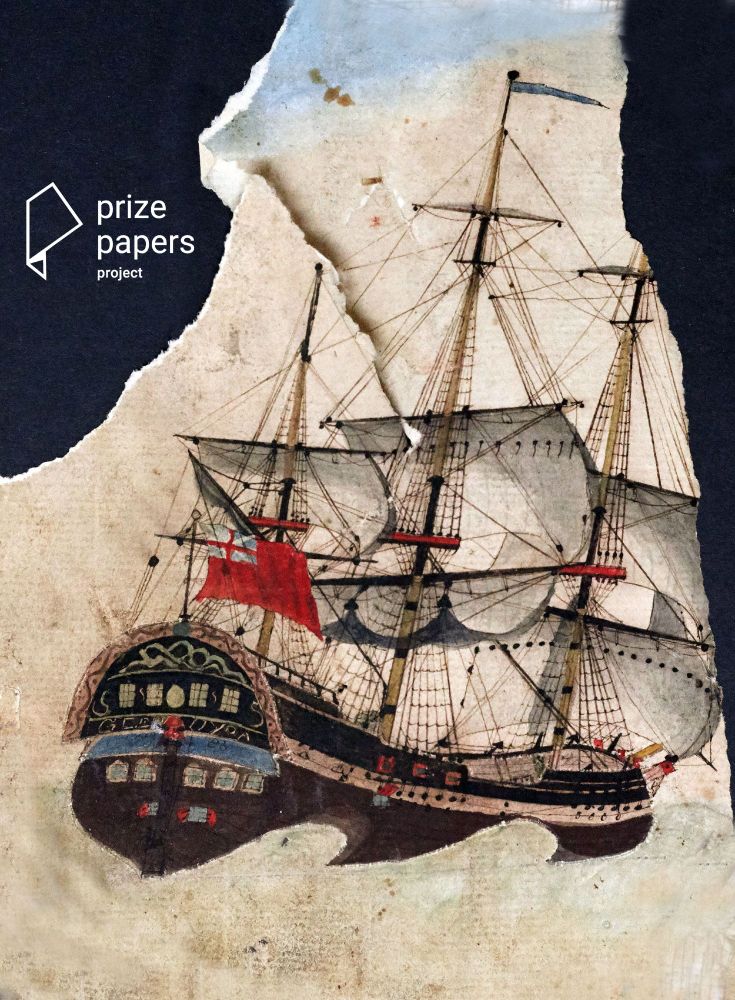The Prize Papers Project
@prizepapers.bsky.social
2.7K followers
38 following
150 posts
The Prize Papers Project is dedicated to the study and digitization of the Prize Papers collection stored at The National Archives, UK. It is based at the University of Oldenburg, Germany, and the National Archives, UK.
Learn more: www.prizepapers.de
Posts
Media
Videos
Starter Packs
Pinned
Reposted by The Prize Papers Project
Reposted by The Prize Papers Project






